September 16, 2020
Search Results for: employee
September 16, 2020
Almost a third of UK workers have cancelled annual leave in 2020
by Jayne Smith • News, Wellbeing, Working lives
 A report by HR software and employment law advice service BrightHR claims that 28 percent of UK workers have cancelled annual leave in 2020. The report, which uses data from over 300,000 BrightHR users, also claims that, predictably, the two highest months for cancelled leave were while the UK was in full lockdown. April had the highest number of leave cancellations, with 31,762 users withdrawing holiday requests. It was followed by May, which saw 25,083 users cancel their leave. (more…)
A report by HR software and employment law advice service BrightHR claims that 28 percent of UK workers have cancelled annual leave in 2020. The report, which uses data from over 300,000 BrightHR users, also claims that, predictably, the two highest months for cancelled leave were while the UK was in full lockdown. April had the highest number of leave cancellations, with 31,762 users withdrawing holiday requests. It was followed by May, which saw 25,083 users cancel their leave. (more…)
September 15, 2020
Testing times for offices mean new regimes at work
by Helen Farr • Comment, Wellbeing
 Businesses are now encouraging employees back to working in the office. Should employers be using regular Covid-19 testing as part of their processes to reassure staff that doing so is safe? The government is advocating more regular testing and the use of mobile testing as a way to ensure that businesses stay open even if there is a local lockdown in the area where the business trades. (more…)
Businesses are now encouraging employees back to working in the office. Should employers be using regular Covid-19 testing as part of their processes to reassure staff that doing so is safe? The government is advocating more regular testing and the use of mobile testing as a way to ensure that businesses stay open even if there is a local lockdown in the area where the business trades. (more…)
September 15, 2020
Parents dedicate two extra working days a month to new Covid school routine
by Jayne Smith • Flexible working, News, Working lives
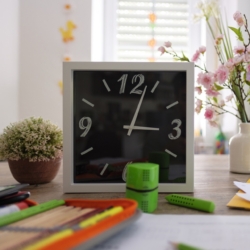 New research by Vita Health Group claims British parents are set to spend the equivalent of more than two working days extra a month on the school routine due to the additional childcare management needed due to the pandemic and employers will have to consider this in their workplace policies to ensure working parents don’t burn out. (more…)
New research by Vita Health Group claims British parents are set to spend the equivalent of more than two working days extra a month on the school routine due to the additional childcare management needed due to the pandemic and employers will have to consider this in their workplace policies to ensure working parents don’t burn out. (more…)
September 14, 2020
Redundancies set to double the peak reached in the 2008 recession
by Jayne Smith • News, Working lives
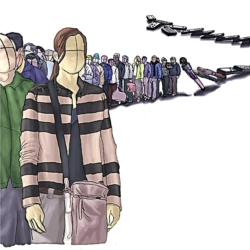 New analysis of official data released to the Institute for Employment Studies (IES) claims that between May and July 2020, employers notified government of nearly 380,000 potential redundancies. This is more than double the peak reached in the Great Recession, when 180,000 staff were notified as being at risk between January and March 2009. (more…)
New analysis of official data released to the Institute for Employment Studies (IES) claims that between May and July 2020, employers notified government of nearly 380,000 potential redundancies. This is more than double the peak reached in the Great Recession, when 180,000 staff were notified as being at risk between January and March 2009. (more…)
September 10, 2020
Progression is hard, but promotion is rewarding
by Jayne Smith • News, Working lives
 Highly talented workers join prestigious firms, claims new research by the University of Cologne, Bielefeld, Braunschweig and the California State University, East Bay. The study, conducted by Professor Oliver Gurtler, suggests that it is harder to advance in a competitive firm, but the promotion is higher valued by the labour market. (more…)
Highly talented workers join prestigious firms, claims new research by the University of Cologne, Bielefeld, Braunschweig and the California State University, East Bay. The study, conducted by Professor Oliver Gurtler, suggests that it is harder to advance in a competitive firm, but the promotion is higher valued by the labour market. (more…)
September 8, 2020
Majority of businesses plan to move to smaller but more focused offices in future
by Neil Franklin • News, Property
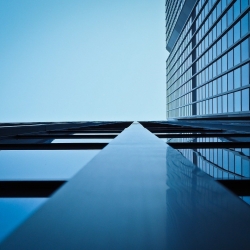 According to a new independent survey of over 500 senior business decision-makers, nearly three quarters believe COVID-19 will result in more UK businesses downsizing to smaller office spaces in the coming 12 months. Most also say they value the office and will be more focused on its strengths as part of the shift. The data from property developers Accumulate Capital claims to show how the COVID-19 pandemic has affected UK businesses and their commercial property needs. (more…)
According to a new independent survey of over 500 senior business decision-makers, nearly three quarters believe COVID-19 will result in more UK businesses downsizing to smaller office spaces in the coming 12 months. Most also say they value the office and will be more focused on its strengths as part of the shift. The data from property developers Accumulate Capital claims to show how the COVID-19 pandemic has affected UK businesses and their commercial property needs. (more…)
September 8, 2020
Healthcare appointments routinely missed due to work pressures
by Jayne Smith • News, Wellbeing, Working lives
 Research by employee benefits provider Unum claims two fifths (42 percent) of UK working parents and carers of children surveyed, had cancelled, or weren’t able to make a health care appointment due to work pressures. This figure is in stark contrast to employees without caring responsibilities; only 23 percent of whom have ever had to cancel or weren’t able to make an appointment. This highlights the disadvantage that working parents and carers of children are immediately faced with when it comes to achieving a good work-health balance. (more…)
Research by employee benefits provider Unum claims two fifths (42 percent) of UK working parents and carers of children surveyed, had cancelled, or weren’t able to make a health care appointment due to work pressures. This figure is in stark contrast to employees without caring responsibilities; only 23 percent of whom have ever had to cancel or weren’t able to make an appointment. This highlights the disadvantage that working parents and carers of children are immediately faced with when it comes to achieving a good work-health balance. (more…)
September 8, 2020
Artificial Intelligence is critical to organisations, but many unprepared
by Jayne Smith • News, Technology
 A new report from information technology company Wipro Limited claims that enterprises of the future will be built on a foundation of Artificial Intelligence (AI), Analytics, Machine Learning, Deep Learning and Automation. According to the ‘State of Intelligent Enterprises’ report, these technologies are central to solving business problems and driving innovation. Most businesses consider AI to be critical to improve operational efficiency, reduce employee time on manual tasks, and enhance the employee and customer experience. (more…)
A new report from information technology company Wipro Limited claims that enterprises of the future will be built on a foundation of Artificial Intelligence (AI), Analytics, Machine Learning, Deep Learning and Automation. According to the ‘State of Intelligent Enterprises’ report, these technologies are central to solving business problems and driving innovation. Most businesses consider AI to be critical to improve operational efficiency, reduce employee time on manual tasks, and enhance the employee and customer experience. (more…)
September 7, 2020
Homeworkers supporting local economies through Covid-19
by Jayne Smith • Flexible working, News
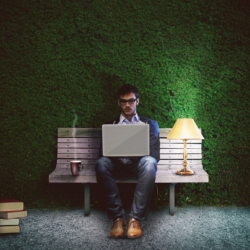 While city centres are taking time to recover, there’s better news elsewhere, suggests Vodafone research into small business employees. Local economies are benefitting from the rise in homeworking, with 25 percent of homeworkers spending at least once a day at their local coffee shop or café. The research, which surveyed 1,003 small business employees, also claims that working from home has not hindered Brits’ productivity, with 40 percent of workers putting in an average of 642 additional hours, equal to 26 extra days, since lockdown began back in March. (more…)
While city centres are taking time to recover, there’s better news elsewhere, suggests Vodafone research into small business employees. Local economies are benefitting from the rise in homeworking, with 25 percent of homeworkers spending at least once a day at their local coffee shop or café. The research, which surveyed 1,003 small business employees, also claims that working from home has not hindered Brits’ productivity, with 40 percent of workers putting in an average of 642 additional hours, equal to 26 extra days, since lockdown began back in March. (more…)
September 4, 2020
Employers facing surge of workplace health problems
by Neil Franklin • Features, Wellbeing
 Doctors are becoming increasingly concerned about a cascade of work-related health problems during the fallout from COVID-19, with some predicting dire consequences for employers and the economy. Whilst many have become used to working at home or have returned to work with social distancing in place, many employers are not aware that the responsibility for managing health issues amongst their employee’s rests firmly on their shoulders. (more…)
Doctors are becoming increasingly concerned about a cascade of work-related health problems during the fallout from COVID-19, with some predicting dire consequences for employers and the economy. Whilst many have become used to working at home or have returned to work with social distancing in place, many employers are not aware that the responsibility for managing health issues amongst their employee’s rests firmly on their shoulders. (more…)






 A survey carried out by mental health organisation,
A survey carried out by mental health organisation, 

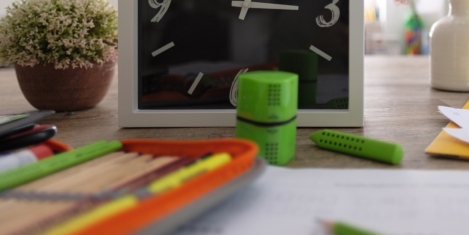


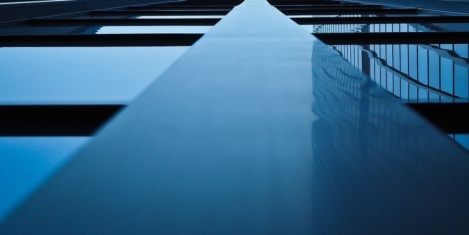

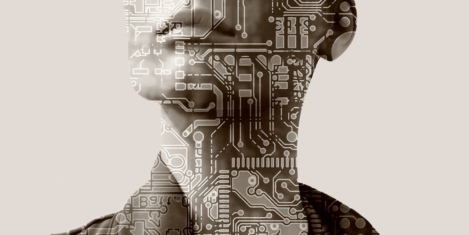
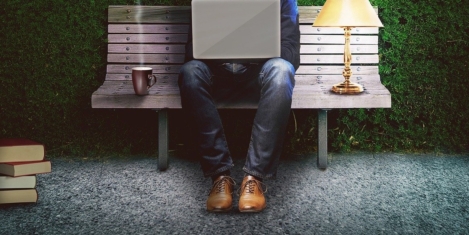
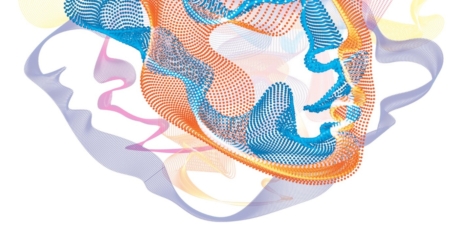








September 16, 2020
Get used to the idea of work as an experience rather than a place
by Tim Oldman • Comment, Flexible working, Property, Workplace design